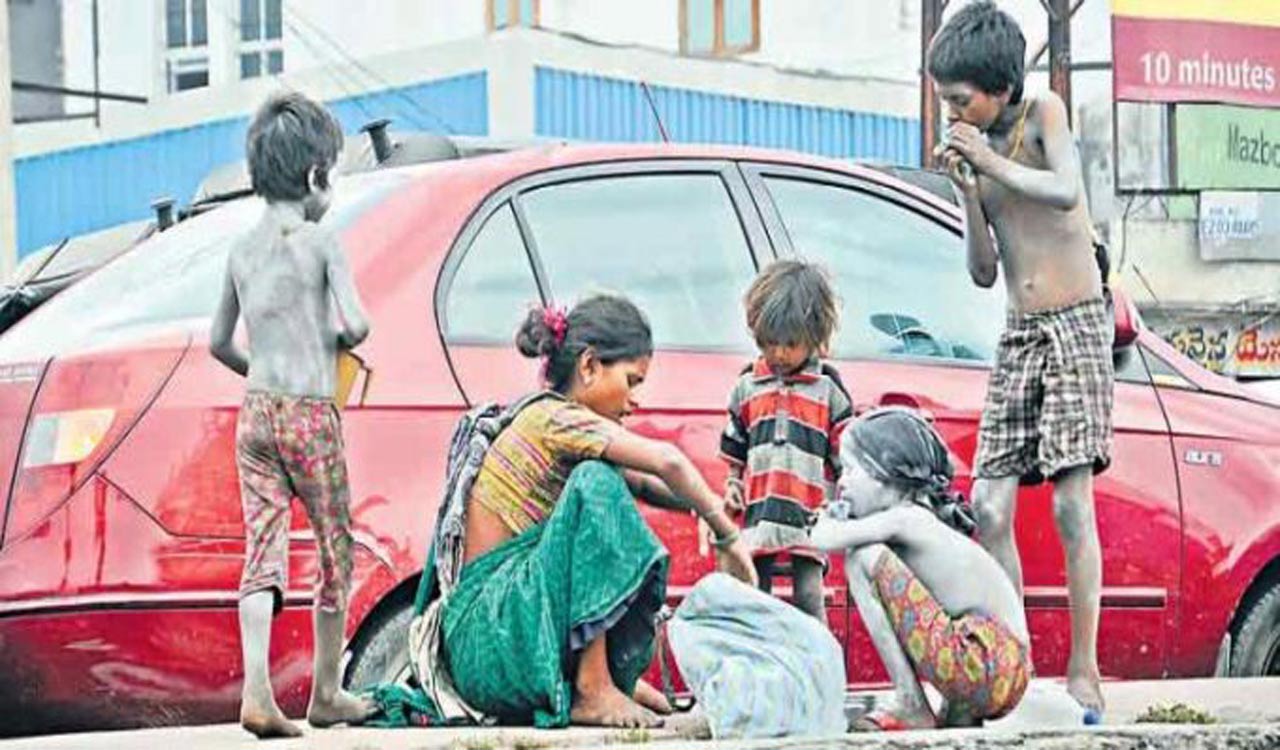Increasing wealth inequality and shrinking opportunities for the youth negates India’s ‘fastest growing’ tag
Published Date – 11:30 PM, Wed – 8 November 23

Representational Image
Despite the talk of India being one of the world’s fastest growing economies, there is an increasing level of wealth inequality and shrinking opportunities for the youth. Poverty remains persistently concentrated in States that are home to 45% of the country’s population but contain 62% of its poor, according to the latest report of the United Nations Development Programme (UNDP). The Asia-Pacific Human Development Report, 2024, says the story of human development in the region has been one of long-term progress, but it has also been one of persistent disparity and widespread disruption. While on the one hand, the region is notable for its rapid poverty reduction, having lifted 1.5 billion people out of extreme poverty in a few generations, on the other hand, millions continue to live precarious lives amid entrenched inequalities. Amid rapid growth but persistent disparity, the income distribution has become more skewed. Several sections in India, including women, informal workers and inter-State migrants, are vulnerable to economic fluctuations. In fact, women constitute only 23% of the country’s labour force. The unfulfilled aspirations, heightened human insecurity and a potentially more turbulent future create an urgent need for policy changes to reduce socioeconomic disparities. There is growing evidence of a strong rise in wealth inequality, mainly in the post-2000 period. A positive takeaway from the UNDP report is that between 2000 and 2022, India’s per capita income soared from $442 to $2,389 and the share of the population living in multidimensional poverty fell from 25% to 15% between 2015-16 and 2019-21.
While the Asia-Pacific region will account for two-thirds of global economic growth this year, income and wealth disparities are worsening, particularly in South Asia, the report has warned. The UNDP report rightly argues that the region still has a long way to go to meet its human development goals. Its future hinges on harmonising economic betterment with holistic development. In India, just 5% of the population owns more than 60% of the country’s wealth, while the bottom 50% possess only 3% of the wealth and the total number of billionaires increased from 102 in 2020 to 166 in 2022. India’s income profile is outlined by a growing disparity between those who lie on the top end of the earning pyramid and those on the bottom, highlighting the failure of the trickle-down approach to economic growth. The relationship between economic growth, poverty and inequality is complex, and the forces that influence it in richer countries may not be at play in India. Economic growth has lifted more than 250 million Indians out of poverty in a relatively short time but, paradoxically, the socioeconomic disparities have increased. Though progress has been made in various indicators — from improved labour participation, health infrastructure and enrolment ratio of students to child mortality — wealth concentration has worsened.





